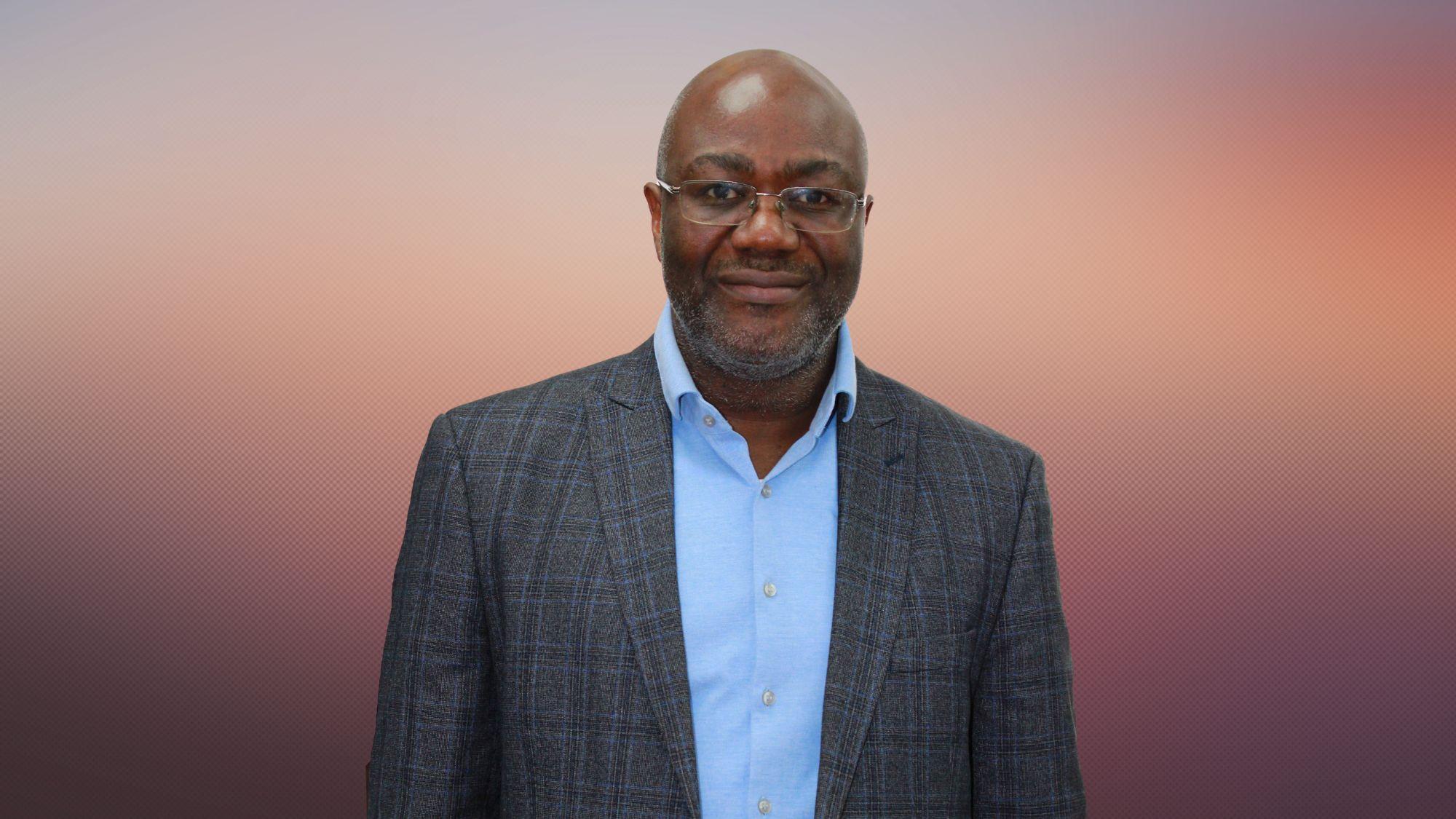Orange Money and JUMO launch AI-powered loans in Africa – Condia

Strategic Partnership to Advance Financial Inclusion and Sustainable Development Goals in Africa
A strategic partnership has been formed between Orange Money, the mobile money service of the global telecommunications operator Orange, and South African financial technology firm JUMO. The collaboration is designed to deliver mobile credit services to millions of financially underserved and unbanked individuals across Africa, directly contributing to the achievement of several Sustainable Development Goals (SDGs).
This initiative fundamentally addresses key development challenges by leveraging technology to promote economic inclusion. The core objectives align with:
- SDG 1 (No Poverty): By providing access to micro-credit for emergencies and personal projects.
- SDG 8 (Decent Work and Economic Growth): By enabling entrepreneurship and supporting small-scale economic activities.
- SDG 10 (Reduced Inequalities): By bridging the gap in financial services between banked and unbanked populations.
Operational Framework and Technological Innovation
Leveraging Technology for Inclusive Finance (SDG 9)
The partnership is a prime example of leveraging innovation and infrastructure to achieve development outcomes, as outlined in SDG 9 (Industry, Innovation, and Infrastructure). The service utilizes JUMO’s proprietary AI-driven platform to assess creditworthiness based on mobile transaction data, eliminating the need for traditional credit scores or collateral. This innovative approach makes financial services accessible to a broader segment of the population.
- Orange’s Infrastructure: The service will be available to Orange’s subscriber base of over 110 million users across 17 countries. In 2024, Orange Money processed transactions valued at €160 billion.
- JUMO’s Technology: JUMO’s platform has already disbursed $8 billion in loans to 31 million users. Its algorithm analyzes mobile activity, such as airtime top-ups and transfers, to make instant lending decisions.
- Risk Management: The model aims to maintain lending risk below 4% by using alternative data for credit assessment.
Service Rollout and Accessibility
The phased rollout ensures a managed and scalable implementation, beginning in markets with significant needs for financial inclusion. The process is designed for maximum accessibility through basic mobile technology.
- Initial Launch Markets: The service will commence in Burkina Faso, followed by Mali and Botswana.
- Application Process: Customers can apply for microloans directly through the Orange Money application or via USSD codes, ensuring access for users without smartphones.
- Credit Decision: JUMO’s algorithm provides an instant approval or rejection based on the applicant’s transaction history.
- Disbursement and Repayment: Approved loans are disbursed directly into the customer’s Orange Money wallet, with repayments automatically deducted at the scheduled time.
Impact on Sustainable Development Goals (SDGs)
SDG 1: No Poverty & SDG 8: Decent Work and Economic Growth
The availability of accessible, short-term credit is a critical tool for poverty alleviation and economic stimulation. Aminata Kane, CEO of Orange Money, stated the partnership aims to “support customers in their personal projects and help them manage everyday emergencies.” This directly contributes to Target 1.4 of the SDGs, which focuses on ensuring access to financial services, including microfinance, for the poor and vulnerable. By providing capital for small enterprises, the service also promotes productive activities and entrepreneurship, aligning with Target 8.3 and Target 8.10.
SDG 10: Reduced Inequalities & SDG 5: Gender Equality
By specifically targeting populations lacking access to traditional banking, the initiative works to reduce financial inequality (SDG 10). This model is particularly impactful for women (SDG 5), who are often disproportionately excluded from formal financial systems. Providing women with independent access to credit enhances their economic empowerment and autonomy, contributing to Target 5.a, which calls for equal rights to economic resources.
SDG 17: Partnerships for the Goals
This collaboration exemplifies SDG 17, which emphasizes the importance of multi-stakeholder partnerships to achieve sustainable development. The synergy between a telecommunications giant (Orange) and a specialized fintech firm (JUMO) creates a powerful model for delivering social and economic impact at scale. JUMO founder Andrew Watkins-Ball noted, “This collaboration will provide customers with great financial choices and allows our bank partners to grow in new markets.” This reflects a broader ecosystem approach, as JUMO’s platform also powers credit products for other major entities like MTN, Airtel, Ecobank, and Absa.
Market Context and Future Outlook
The Orange-JUMO model reflects a growing trend across Africa, where telco-fintech partnerships are filling a critical void left by traditional banking. With plans to expand into Nigeria and Cameroon, the partnership is poised to significantly reshape the landscape of consumer credit. By scaling this inclusive financial model, the collaboration will continue to make substantial contributions to the 2030 Agenda for Sustainable Development, driving economic resilience and opportunity across the continent.
Which SDGs are addressed or connected to the issues highlighted in the article?
SDG 1: No Poverty
- The article discusses providing microloans to unbanked users, which directly supports financial inclusion. This access to credit can help individuals manage financial shocks and invest in small-scale personal projects, contributing to poverty alleviation. The service is described as a way to “support customers in their personal projects and help them manage everyday emergencies.”
SDG 8: Decent Work and Economic Growth
- By expanding access to credit for “millions of unbanked users,” the partnership fosters economic activity. Access to financial services is a critical component of economic growth, enabling entrepreneurship and consumption. The article notes the partnership is pushing into markets where “bank lending has historically lagged,” thereby stimulating local economies.
SDG 9: Industry, Innovation, and Infrastructure
- The initiative is a prime example of leveraging technological innovation and infrastructure for development. It combines “telco infrastructure” (Orange’s mobile network) with fintech innovation (“AI-driven analysis of transaction data”) to create a new financial service. This highlights the role of technology in building resilient infrastructure and promoting inclusive industrialization.
SDG 10: Reduced Inequalities
- The service explicitly targets financially excluded populations, referred to as “unbanked users” and those who “lack traditional banking access.” By providing these groups with access to credit, the partnership helps to reduce the inequality in access to financial services between the banked and unbanked.
SDG 17: Partnerships for the Goals
- The entire article is centered on a “multi-stakeholder partnership” between Orange, a telecommunications company, and JUMO, a fintech firm. This collaboration leverages the respective strengths, technology, and resources of each partner to achieve the shared goal of financial inclusion, embodying the spirit of SDG 17. The article also mentions JUMO’s other partnerships with telcos like MTN and Airtel, and banks like Ecobank and Absa.
What specific targets under those SDGs can be identified based on the article’s content?
-
SDG 1: No Poverty
- Target 1.4: By 2030, ensure that all men and women, in particular the poor and the vulnerable, have equal rights to economic resources, as well as access to… financial services, including microfinance. The partnership’s core mission to “deliver mobile credit services to millions of unbanked users” and provide “microloans directly from their mobile wallets” is a direct implementation of this target.
-
SDG 8: Decent Work and Economic Growth
- Target 8.10: Strengthen the capacity of domestic financial institutions to encourage and expand access to banking, insurance and financial services for all. The collaboration between Orange and JUMO expands access to credit, a key financial service, to populations that traditional banks have not served, thereby strengthening the financial ecosystem.
-
SDG 9: Industry, Innovation, and Infrastructure
- Target 9.c: Significantly increase access to information and communications technology and strive to provide universal and affordable access to the Internet in least developed countries. The service is delivered via mobile technology (“Orange Money app or USSD”), which inherently promotes the use of and access to ICT among its “over 110 million mobile subscribers.”
-
SDG 10: Reduced Inequalities
- Target 10.2: By 2030, empower and promote the social, economic and political inclusion of all… The initiative directly promotes the economic inclusion of the “unbanked” by giving them access to credit, a financial tool they were previously excluded from.
-
SDG 17: Partnerships for the Goals
- Target 17.17: Encourage and promote effective public, public-private and civil society partnerships… The partnership between Orange and JUMO is a clear example of a private-private partnership that leverages technology and market reach to achieve development goals, serving as a model that “mirrors other telco-fintech models seen across the continent.”
Are there any indicators mentioned or implied in the article that can be used to measure progress towards the identified targets?
-
Number of people with access to financial services
The article provides concrete numbers that can be used as indicators of reach and inclusion.
- JUMO has served “31 million users.”
- Orange has “over 110 million mobile subscribers.”
- PalmPay in Nigeria serves “over 35 million users.”
-
Volume of credit disbursed
This measures the scale of financial activity being enabled.
- JUMO has distributed “$8 billion in loans.”
-
Volume of mobile money transactions
This indicates the overall adoption and use of the underlying digital financial infrastructure.
- Orange processed “€160 billion in transactions” in 2024.
-
Geographic expansion of services
This tracks the progress of making services available across different regions.
- The service will start in Burkina Faso, with Mali and Botswana next.
- JUMO has an existing footprint across Ghana, Kenya, Uganda, Zambia, Tanzania, Côte d’Ivoire, and Pakistan.
-
Effectiveness of innovative risk assessment
This measures the success of the new technology-driven credit model.
- JUMO expects to keep “lending risk below 4%” by using mobile transaction patterns.
Table of SDGs, Targets, and Indicators
| SDGs | Targets | Indicators (from article) |
|---|---|---|
| SDG 1: No Poverty | 1.4: Ensure access to financial services, including microfinance. |
|
| SDG 8: Decent Work and Economic Growth | 8.10: Expand access to banking and financial services for all. |
|
| SDG 9: Industry, Innovation, and Infrastructure | 9.c: Increase access to information and communications technology (ICT). |
|
| SDG 10: Reduced Inequalities | 10.2: Empower and promote the social and economic inclusion of all. |
|
| SDG 17: Partnerships for the Goals | 17.17: Encourage and promote effective private-private partnerships. |
|
Source: thecondia.com

What is Your Reaction?
 Like
0
Like
0
 Dislike
0
Dislike
0
 Love
0
Love
0
 Funny
0
Funny
0
 Angry
0
Angry
0
 Sad
0
Sad
0
 Wow
0
Wow
0












































































